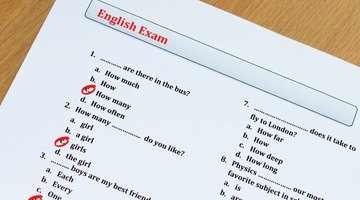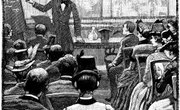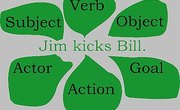In English, verbs sometimes change depending on whether the subject of the verb is singular or plural. For instance, the verb "to walk" is conjugated in a number of different ways depending on the subject. The singular, in phrases such as "he walks," is different from the plural, "they walk." English verbs distinguish singular from plural only in the third person. "We walk" and "I walk" use the same verb, despite the fact that one is singular while the other is plural.
Identify whether the subject of the sentence is singular or plural. Regular plural nouns often end in s, although pronouns do not. For example, "choir" is singular while "choirs" is plural. Some nouns are irregular. For example, the plural of "goose" is "geese," not "gooses."
Check the end of the verb. As a rule, if the last letter of the verb is s, it is singular, while if it is not, the verb is plural. Remember that this only applies to the third person. First or second person plural verbs do not have an s; they are identical to the singular verb. For instance, "he sings" is singular, while "they sing" is plural, but "I sing" is singular and "we sing" is plural.
Look out for exceptions. For example, some subjects may be plural but lack an "s." The plural of "goose," for instance, is "geese." Some verbs are irregular, especially common verbs. The verb "to be," for instance, has several different forms and does not simply remove an s from the end of the verb. Its third person plural form is "they are."
Related Articles
References
Writer Bio
Dr James Holloway has been writing about games, geek culture and whisky since 1995. A former editor of "Archaeological Review from Cambridge," he has also written for Fortean Times, Fantasy Flight Games and The Unspeakable Oath. A graduate of Cambridge University, Holloway runs the blog Gonzo History Gaming.











